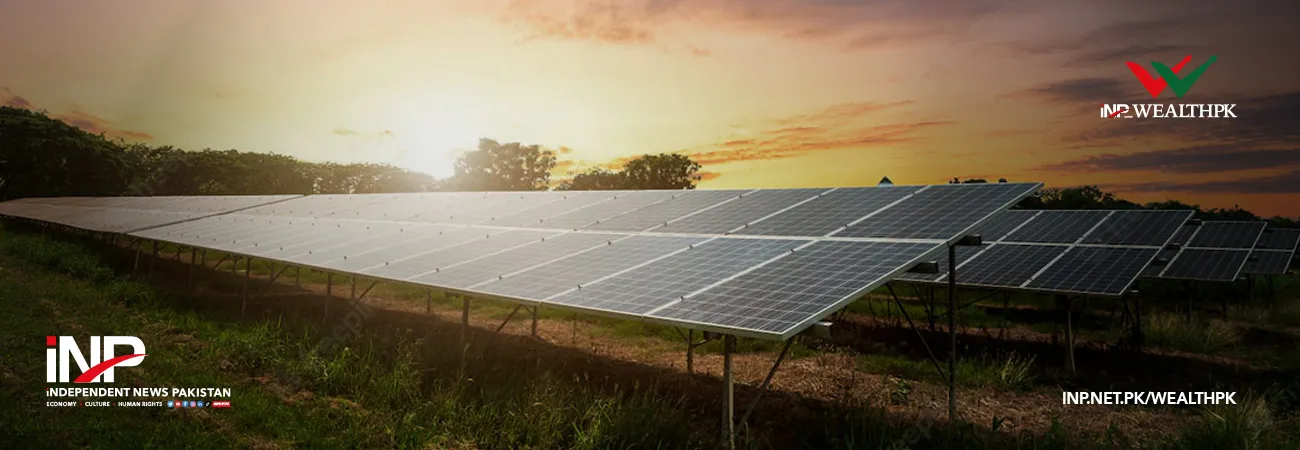INP-WealthPk
Naveed Ahmed
The government delivered an unsustainable fiscal stimulus when the economy was mired in lockdowns due to the Covid-19 pandemic in 2020, thus reversing the two years of consolidation efforts and piling up fiscal deficit. Resultantly, an increase in expenditures outweighed the increase in revenues, which led to deterioration in fiscal indicators. Talking about the burgeoning deficits, Dr Amanat Ali, an Assistant Professor, School of Economics, Quaid-i-Azam University, Islamabad, told WealthPK that due to this doling out of the money, total expenditures rose by 29% on a year-over-year basis.
“This growth spurt can be attributed to unplanned development expenditures by the authorities. Moreover, increasing interest payments, social protection grants, and subsidies are some of the reasons for the rise in current expenditures. Furthermore, tax revenue increased substantially while non-tax revenue decreased, burdening the economy.” He said after a notable improvement in the fiscal year 2020-21, the federal government's financial performance deteriorated during FY22. “Fiscal deficits as a percentage of GDP for FY22 increased to 7.9%, compared with 6.1% in FY21.”
He explained that there had been a significant increase in the government's primary deficit, which more than doubled from 1.2% of GDP in FY21 to 3.1% of GDP in FY22, reflecting greater growth in non-interest expenditures than revenues. Similarly, Amanat Ali said the revenue deficit increased from 3.9% of GDP in FY21 to 5.2% in FY22 mainly due to a decline in non-tax revenues. He said the provinces posted a combined surplus of 0.5% of GDP in FY22 compared to 0.6% the previous year. While explaining the reasons for the fiscal deficit, the economics professor said disbursements made under the Circular Debt Management Plan (CDMP), unplanned subsidies under the prime minister's relief package, and industrial support package caused a larger-than-expected increase in overall subsidies than what was targeted.
The overall development expenditures for FY22 also showed a year-on-year growth of 26% compared to 9.3% in FY21. “Most of the spending impetus came from provincial governments since the federal government cut development expenditures considerably.” Amanat Ali said revenues recorded a growth of 16.4% in FY22 compared to 10.1% last year, but the increase was derived from tax revenues. He said compared to last year, Federal Board of Revenue’s tax collection rose by 29.1% in FY22, which was the highest growth rate in six years, compared to 18.7% in FY21.
He noted that an increase in economic activity at the start of FY22, fiscal measures such as removal of exemptions and imposition of new taxes in the Finance Supplementary Act introduced in January 2022, and continuous administrative efforts played an instrumental role in ensuring high tax collection. “The distribution of tax revenues shows that more than two-thirds of the total tax collection by FBR was derived from tariff-related taxes on imports.” He argued that non-tax revenues, on the other hand, showed a decline in FY22, which was partially due to a decline in collection of petroleum development levy as the levy was done away with at the end of the fiscal year.
The economic expert said the sharp worsening of both the fiscal and primary deficits could be attributed to the significant increase in interest and non-interest expenditures during the fiscal year that needed to be planned and strictly implemented. Moreover, he said the deterioration was due to fuel subsidies announced in February 2022 under the PM's relief package. He suggested the government expand the fiscal space to ensure a sustained increase in tax collection by broadening the tax base and increasing tax collection.
Credit: Independent News Pakistan-WealthPk













